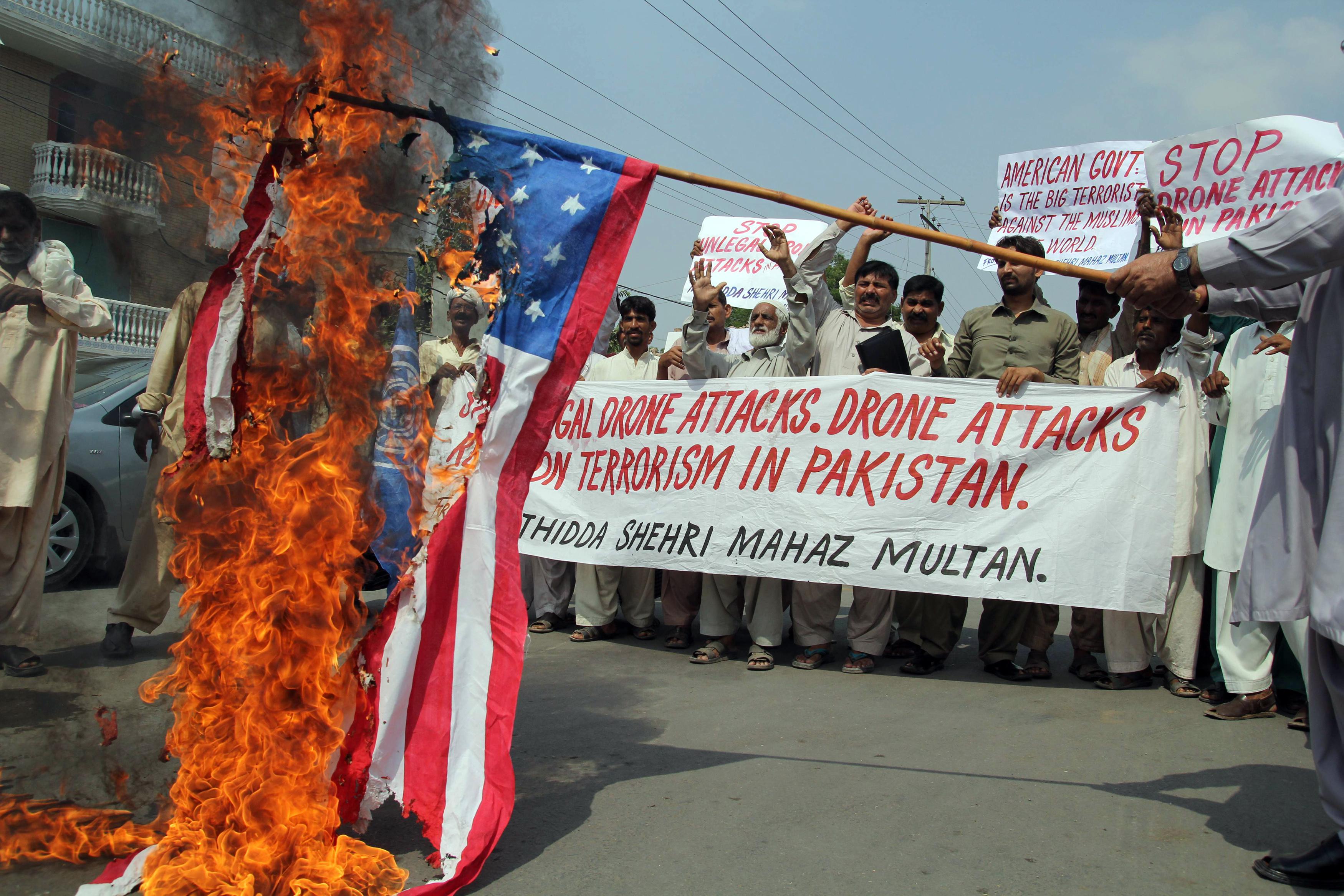Ryan Walsh of Vocativ looks at data from the Pew Global Attitudes Survey and remarks that “the U.S. gives the most aid to countries that hate it the most.”
The obvious exception, he notes, is Israel, which is both one of the largest recipients of U.S. assistance and has the lowest percentage of people viewing America as an enemy in the survey. But other than that, he writes, “the 13 countries that consider the U.S. an ‘enemy’ at an above average rate (15 percent or more of the respondents in those countries consider us an ‘enemy’) receive 50 percent more aid than the 24 countries that hate us the least, according to the survey.”
There are a few holes in this. The biggest is that Pew only asked the question “Is the U.S. more of a partner, more of an enemy, or neither?” in 37 countries. A wider sample would probably reveal more exceptions. In Colombia, for instance, the leading recipient of U.S. aid in Latin America for 2012, President Obama has a significantly higher approval rating than he does at home. Liberia is a major recipient of U.S. aid, and 37 percent of its population would immigrate to the U.S. if they could. People in Kenya, the eighth-largest recipient of U.S. aid, have shown very positive opinions of the United States in recent polls.
But I think the basic point stands: U.S. aid doesn’t always buy popularity. The Palestinian Territories, where 76 percent of the population views the United States as an enemy, is in the top 25 aid-receiving countries. As are Pakistan (64 percent), Jordan (29 percent), and Egypt (26 percent, which seems way too low.)
On one level this makes perfect sense. The U.S. doesn’t give aid to those countries as a reward for good behavior. To put it bluntly, it’s because we’re worried there are people in those countries who will try to kill us (or kill our friends, or get their hands on nuclear weapons), and we want their governments to do something about it.
The problem is when this aid starts to look like a perverse incentive. An analysis by Navin Bapat of the University of North Carolina found that between 1997 and 2006, U.S. military assistance correlates with a 67 percent increase in the duration of terrorist campaigns in the country receiving the aid. This could suggest that governments like Yemen, Afghanistan, Iraq, and Pakistan actually need a certain baseline of militant activity to continue in order to keep the U.S. aid money flowing.
This certainly seemed to be the case with former Yemeni dictator Ali Abdullah Saleh, who received millions in aid meant to combat al-Qaida but often seemed more intent on cracking down on separatist rebels and other political opponents.
Like many counterterrorism policies, it makes sense in the short term to support governments fighting against insurgent groups that also threaten the U.S., but it can quickly get you trapped in a frustrating relationship of diminishing returns. (See: Karzai, Hamid.)
